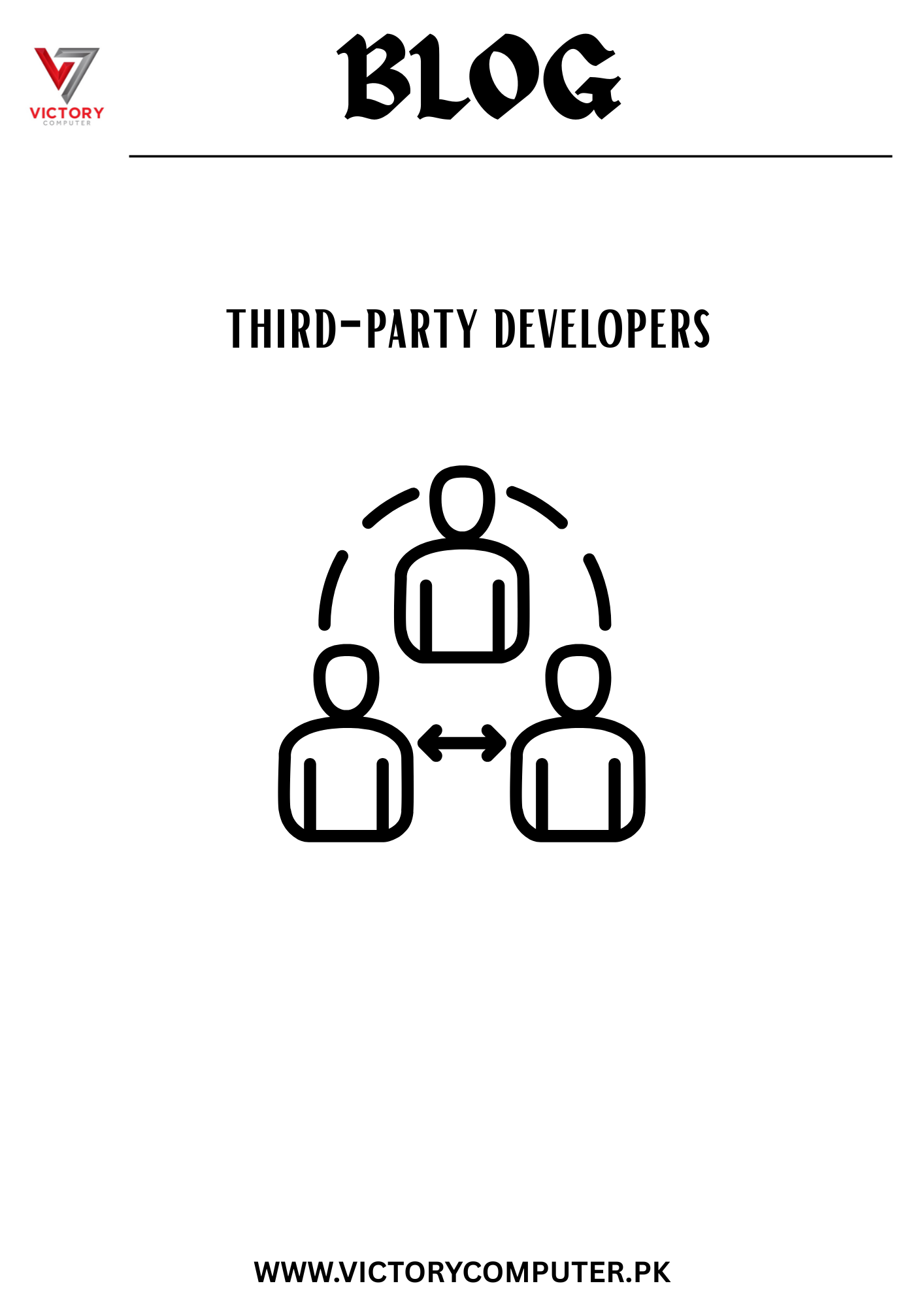With macOS 26 and the expansion of Apple Intelligence, Apple is not only empowering users with on-device AI but also opening new doors for third-party developers. One of the most game-changing updates is the release of Apple Intelligence Foundation Models, designed to let developers integrate Apple’s on-device AI capabilities directly into their apps.
This move signals Apple’s vision of making Macs, iPhones, and iPads the hub of secure, private, and intelligent AI experiences — without relying heavily on cloud computing.
🧠 What Are Apple Intelligence Foundation Models?
Foundation Models are Apple’s pre-trained AI models optimized for Apple Silicon (M1, M2, M3, and upcoming M4 chips). These models are:
- Multimodal → Support text, images, and voice.
- Optimized → Designed to run efficiently on-device with low power usage.
- Private → Never send sensitive user data to external servers.
- Extensible → Allow developers to build AI-enhanced apps without training models from scratch.
Think of them as ready-to-use AI brains that developers can customize, adapt, and integrate seamlessly into macOS and iOS apps.
🛠️ Benefits for Developers
By leveraging Apple Intelligence Foundation Models, third-party developers gain:
- Faster AI Integration
- No need to develop or fine-tune large models from zero.
- Apple’s models handle summarization, translation, image generation, and text correction out of the box.
- On-Device Efficiency
- Runs natively on Apple Silicon chips via Neural Engine acceleration.
- Enables real-time AI features without draining battery life.
- Privacy & Trust
- Data processing remains on-device.
- Developers can promise users zero cloud exposure — a strong selling point for privacy-conscious customers.
- Cross-App Integration
- Works with Mail, Notes, Messages, Pages, and third-party apps via APIs.
- Example: A note-taking app can integrate Apple’s summarizer, while a design tool can access Image Playground.
⚙️ How Developers Can Use Foundation Models
Apple provides APIs within Xcode and Swift frameworks, allowing developers to plug into Apple Intelligence.
🔹 Use Cases:
- AI Writing Tools → Apps can auto-correct grammar, improve clarity, or summarize content.
- Creative Design Apps → Integrate Genmoji or Image Playground for custom visuals.
- Health & Fitness → Use natural language models for personalized coaching.
- Productivity → Auto-generate meeting notes, emails, and task lists.
🖥️ Example: Using Foundation Models in a Third-Party App
Imagine you’re building a document editor for macOS:
- With Foundation Models → You can integrate AI-powered summarization, rewriting, and translation with just a few API calls.
- Without Foundation Models → You’d need to run a full large language model in the cloud, increasing costs, latency, and privacy risks.
This makes Apple Intelligence a shortcut to enterprise-grade AI features for small and mid-sized app developers.
🔮 Future of Apple Intelligence for Developers
Apple is expected to expand Foundation Models in three directions:
- Larger Multimodal Models → Handling images, video, and real-time voice generation.
- Custom Fine-Tuning → Developers may soon be able to fine-tune models with domain-specific datasets.
- Shared AI Marketplace → Possible future where developers can publish AI-powered app extensions directly through the App Store.
📊 Foundation Models vs Third-Party AI APIs
| Feature | Apple Foundation Models 🧠 | Third-Party APIs (e.g., OpenAI, Anthropic) ☁️ |
|---|---|---|
| Processing Location | On-Device (Apple Silicon) | Cloud-Based |
| Privacy | ✅ Fully Private | ❌ Data may be stored externally |
| Latency | ⚡ Instant (offline) | 🌐 Dependent on internet speed |
| Developer Cost | Low (on-device compute) | High (API subscription fees) |
| Integration | Deep macOS/iOS APIs | Limited to SDKs & APIs |
📌 Final Thoughts
Apple Intelligence Foundation Models are a huge win for developers. By embedding powerful, private, and efficient AI models directly into macOS and iOS, Apple is enabling even small developers to create next-gen AI experiences without massive infrastructure costs.
This shift makes Macs and iPhones not just devices but AI-powered creative partners, and it puts developers at the center of this transformation.
✅ Where to Get the Latest Macs with Apple Silicon in Pakistan
To explore Apple Intelligence Foundation Models, you’ll need a Mac with Apple Silicon (M1, M2, M3, or newer) running macOS 26.
💻 Victory Computers brings you the latest Macs with local warranty and full AI support.
👉 Shop Now: https://www.victorycomputer.pk/
📞 WhatsApp: 03009466881
📸 Instagram: https://www.instagram.com/victorycomputer.pk?igsh=bXY0anRtcmFpZnlq
🎥 TikTok: https://www.tiktok.com/@victorycomputerlhr?_t=ZS-8yOzSayjueP&_r=1
✨ Victory Computers – Powering Developers with AI-Ready Macs! 🚀


 Due to fluctuation in dollar/dirham rates, prices are not stable kindly confirm the price before placing the order.
Due to fluctuation in dollar/dirham rates, prices are not stable kindly confirm the price before placing the order.